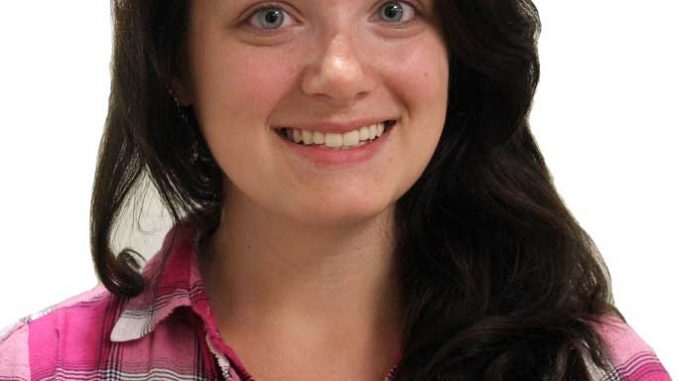
 Fans are looking forward to the second part in “The Hunger Games” series, “Catching Fire,” to premiere on Nov. 22. “The Hunger Games” has been one of the most successful book-to-film adaptations after “The Lord of the Rings” and the Harry Potter series. But what makes a successful book-to-screen adaptation?
Fans are looking forward to the second part in “The Hunger Games” series, “Catching Fire,” to premiere on Nov. 22. “The Hunger Games” has been one of the most successful book-to-film adaptations after “The Lord of the Rings” and the Harry Potter series. But what makes a successful book-to-screen adaptation?
It’s a formula many filmmakers dream of perfecting, because successful adaptations lead to big money for the studios.
Audience members are hyper-critical – although when it comes to movies, everyone’s a critic – when it comes to turning their beloved book into a feature film. Everyone has their own idea of what the movie should look like, and when the filmmakers deviate from that, some fans are angered.
A recent example of extreme deviation from the book is this year’s “The Great Gatsby” adaptation directed by Baz Luhrmann. Luhrmann used the elements of cinema to his advantage to create a vibrant, fast-paced film with contemporary music that one wouldn’t have heard in the roaring ‘20s. The film received a 49 percent from Rotten Tomatoes. Its mixed reviews may come from the fact that Luhrmann’s vision of the book did not match most viewers’ expectations.
“The central problem with Luhrmann’s film is that when it’s entertaining it’s not Gatsby, and when it’s Gatsby it’s not entertaining,” said The Atlantic’s Christopher Orr.
The book is so ingrained into American culture that everyone has their own picture of the story and its beloved characters. It is impossible to appease all audience members, but apparently this film adaptation deviated too much from expectations.
However, viewers must keep in mind that what they see in their head is not what is going to be on-screen unless they are the director. They are watching a reimagining from someone else’s movie in their mind.
Another important aspect of successful film adaptations is the filmmaker’s ability to capture the core theme and tone of the book and realize it onscreen. A large part of this process is figuring out what stays and what goes in terms of plot. Movies tend to be streamlined versions of books.
Much of the detail of novels cannot be transferred to the screen unless it moves the plot along. In that regard, films are much more formulaic than books. One of the most notable examples of films that preserve the tone and emotion of books is the Harry Potter series.
“I think ‘Harry Potter and the Prisoner of Azkaban’ is one of the best adaptations of [young adult] literature we’ve ever had,” said author and filmmaker Bryan Young in an interview with CNN. “Alfonso Cuarón was the best at taking the spirit of what the book was and boiling it down. He created a new look and feel for the ‘Harry Potter’ movies that set the tone going forward in a way that no one else really did.”
The Harry Potter series is one of the most successful film franchises of all time. Even though the film series was streamlined, much to the chagrin of fans, the directors of the franchise were still able to preserve the details of the world J.K. Rowling set forth in her series. Even the casting was well-received, catapulting its three young stars from unknowns to household names.
Filmmakers are trying to replicate the success of the Harry Potter series. A film based on the “Divergent Trilogy” is set to debut in 2014, which is already being compared to “The Hunger Games.”
“The Perks of Being a Wallflower,” a coming-of-age story by Stephen Chbosky, found success in its film version when it was released in 2012.
Chbosky was also the film’s director and screenwriter — a rarity when it comes to adaptations.
“I had to do a real adaptation – I couldn’t just film the book,” Chbosky said in an interview with CNN. “It was a real balancing act to simultaneously be emotionally very inside the piece and at the same time always be outside of it to keep it on the train tracks.”
So when “Catching Fire” is released, fans of the books should remember adaptations are a tricky business. And if what one expects is a replica of the movie in their mind and they think they could do better, then maybe they should make their own adaptation. YouTube is a good place to start.
Chelsea Colatriano can be reached at chelsea.colatriano@temple.edu.


Be the first to comment